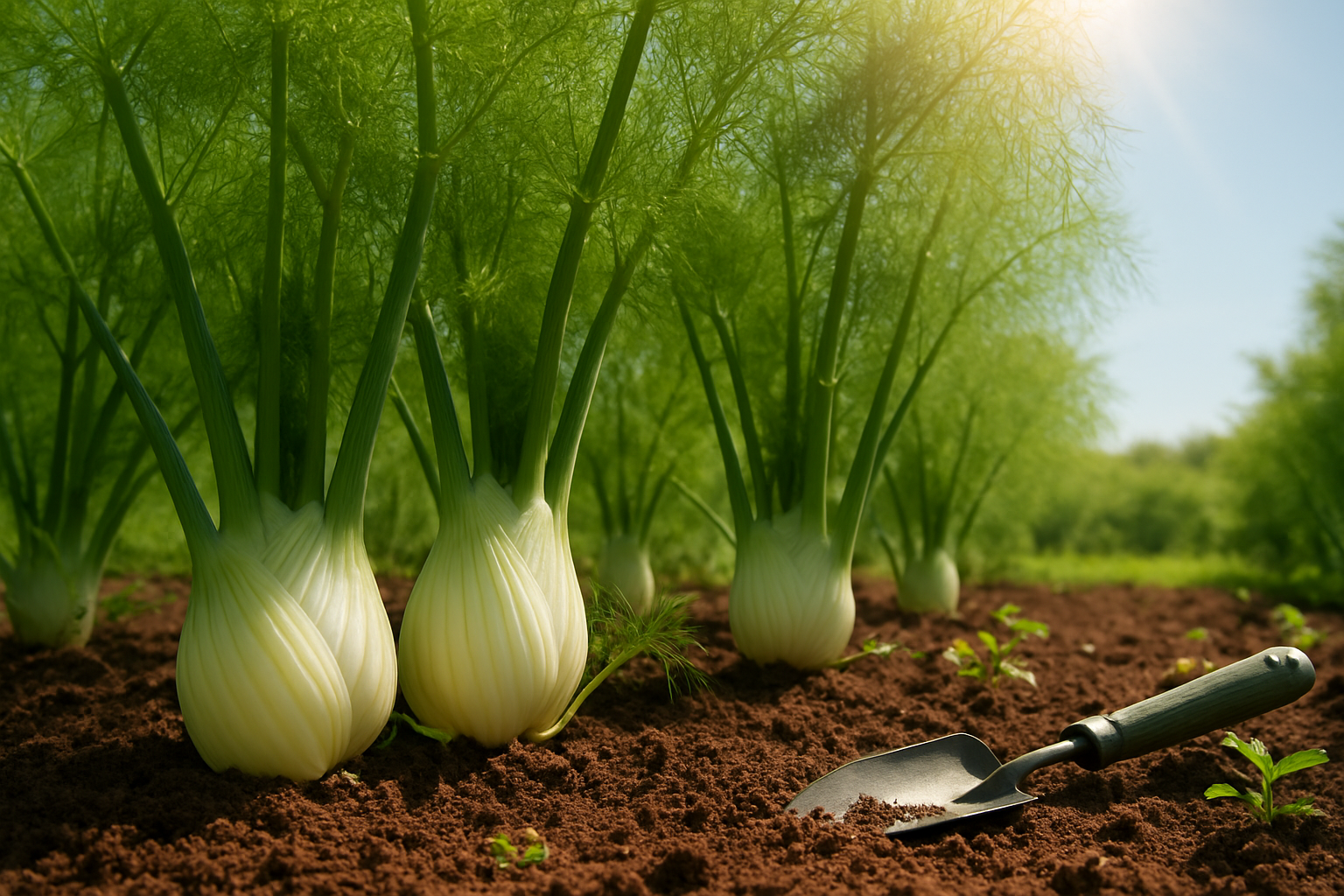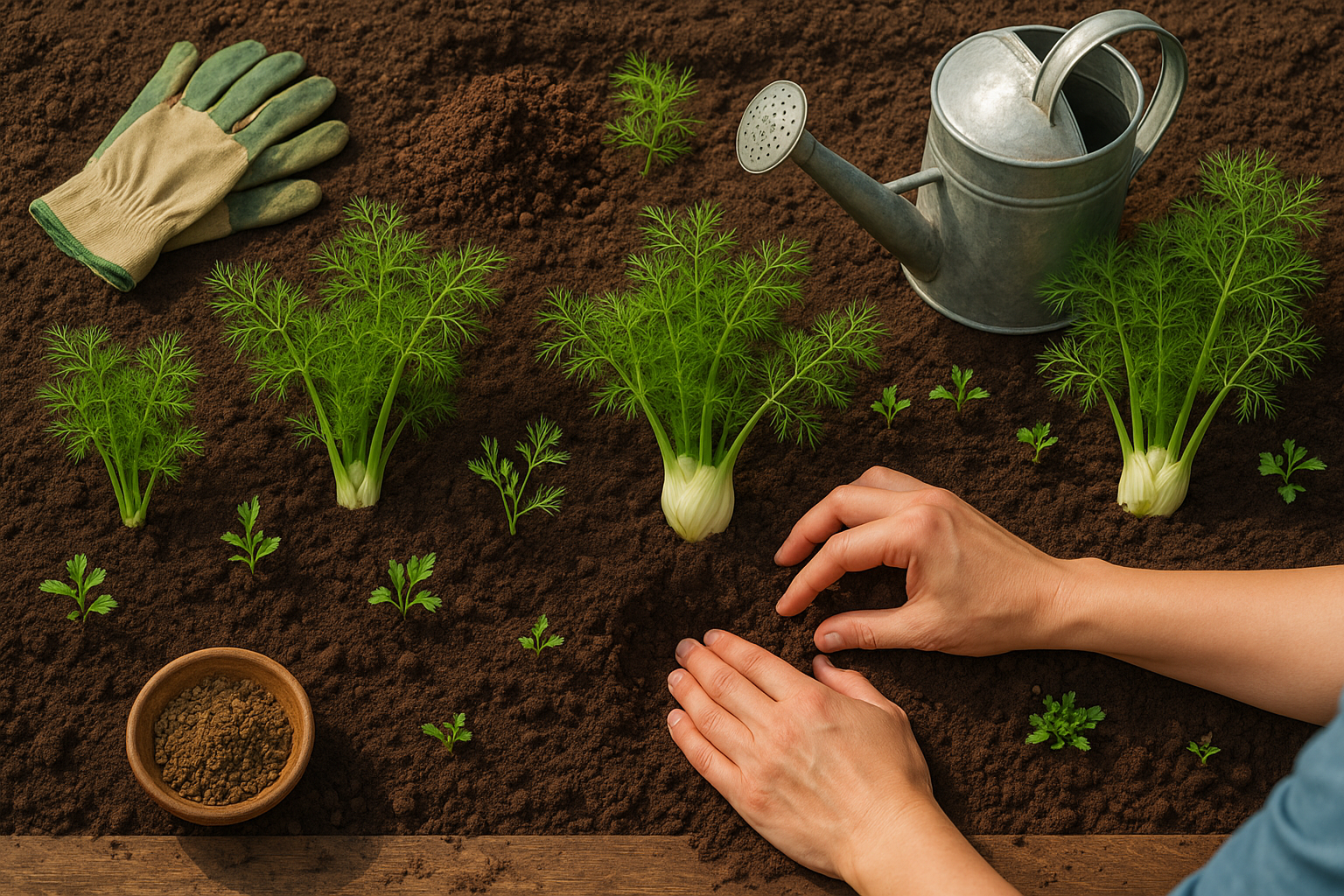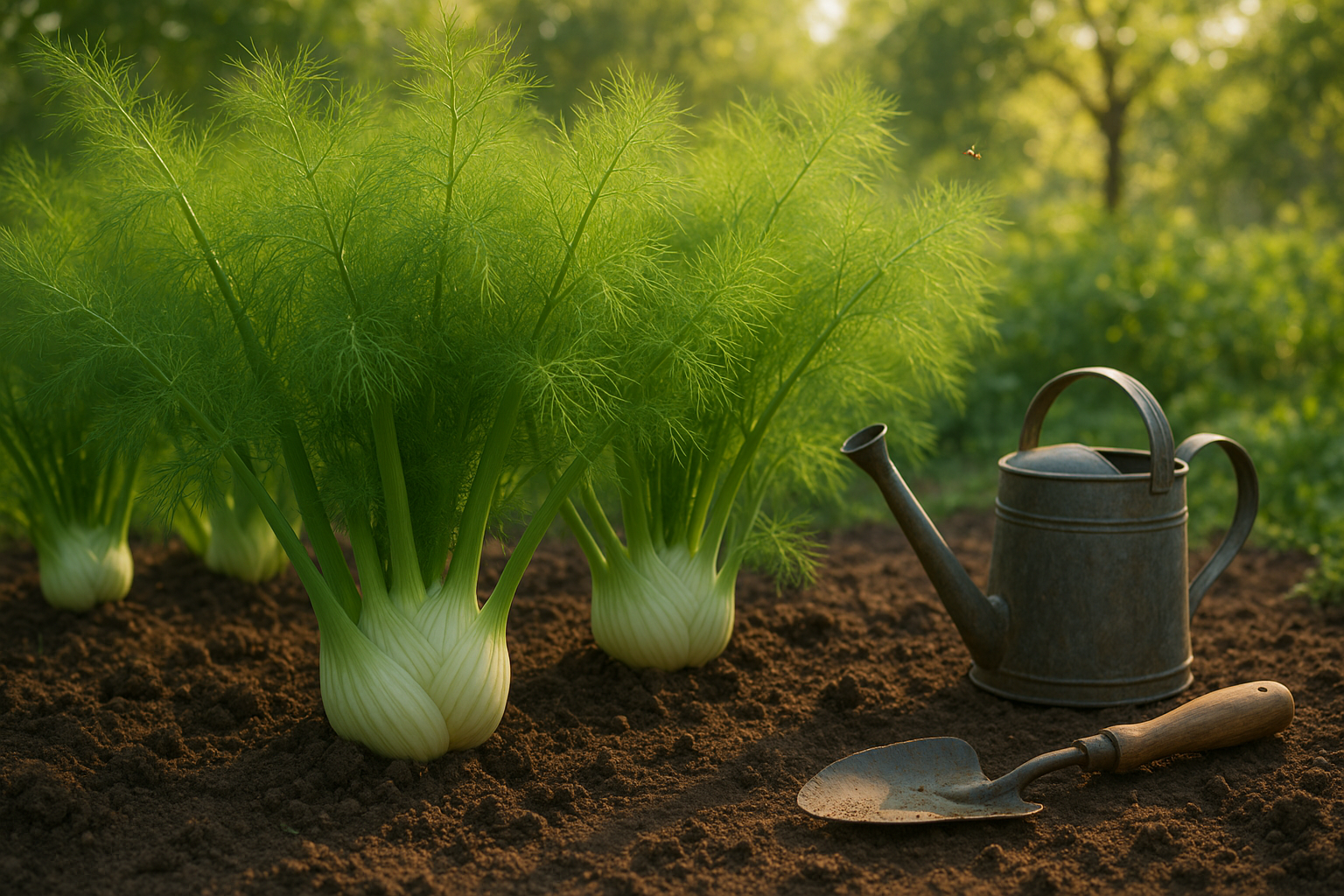Fennel’s Sunlight Requirements

Fennel thrives best when planted in full sun, which means at least six to eight hours of direct sunlight each day. Sunlight is crucial for fennel’s robust growth, encouraging the plant to develop strong stems, lush foliage, and the flavorful, bulbous base that gardeners prize.
When fennel receives plenty of sun, its characteristic sweet, anise-like flavor becomes more pronounced, and the bulbs grow larger and denser. In contrast, fennel grown in partial shade may become leggy as it stretches toward the light; the bulbs can be small, underdeveloped, or even fail to form altogether. Additionally, shaded plants are often more prone to disease and produce fewer aromatic oils, resulting in a milder taste. For example, gardeners who tuck fennel into the shadows of taller vegetables or fences often report disappointing yields.
However, there are exceptions. If you live in a region with extremely hot summers, a little afternoon shade can help protect fennel from scorching or bolting (premature flowering), especially where temperatures regularly exceed 90°F (32°C). In those conditions, giving your fennel dappled shade after midday prevents stress and helps preserve bulb quality. Still, even in warm climates, morning sun is essential; a spot that gets bright sun early but some relief during the hottest hours works well.
Ultimately, fennel is sun-loving by nature, and prioritizing a sunny spot pays off with crisper bulbs and more intense flavor. If you’re unsure about your garden’s light situation, observe the area throughout the day to ensure your fennel can soak up plenty of rays without overheating—optimizing conditions for a healthy, productive crop.
Ideal Soil and Site Conditions for Fennel
Fennel thrives in well-drained, loamy soil that’s rich in organic matter. Compost is a great amendment if your soil is heavy or sandy. Aim for a soil pH between 6.0 and 7.0; this mildly acidic to neutral range supports the best flavor and healthiest growth.
Before planting, test your soil and work in aged compost or well-rotted manure to boost fertility, since fennel prefers consistently fertile conditions. Good drainage is essential—standing water around the roots can cause rot. If your garden tends to stay wet after rain, consider using raised beds or mounds.
Fennel also loves full sun—at least six hours of direct sunlight daily—so choose an open spot away from shade-casting trees or structures. If outdoor space is limited or your soil isn’t ideal, fennel can adapt to container growing, but pick a pot that’s at least 12-14 inches deep for its taproot and refresh the soil each season.
In containers, monitor moisture closely, as pots dry out faster; water when the top inch of soil feels dry, and provide the sunniest spot possible—even a sunny balcony or patio works. While fennel is fairly forgiving, insufficient light leads to weak stems and smaller bulbs, so prioritize sunlight whether growing in a garden bed or container.
By taking the time to create these ideal conditions, you’ll set your fennel plants up for lush growth and a flavorful harvest.
Planting and Caring for Fennel

Growing fennel successfully starts with picking the right time and method for planting. You can sow fennel seeds directly in the garden after the last frost, as the soil begins to warm in spring, or start seedlings indoors 4–6 weeks earlier for a head start. If using seedlings, handle them gently when transplanting, as fennel dislikes root disturbance.
Choose a sunny spot—fennel thrives with at least six hours of sunlight daily, which encourages healthy bulb formation. Plant seeds or seedlings about 12 to 18 inches apart; fennel needs space for its large bulbs and feathery fronds to develop. Water consistently, keeping the soil moist but not soggy, especially in the early stages. Mulch can help retain moisture and suppress weeds, making care easier.
Feed plants every 3–4 weeks with a balanced, organic fertilizer. If your soil is rich and gets plenty of sun, you may need to fertilize less often. As plants grow, mound soil up around the base to blanch the bulbs, creating a tender texture.
Be vigilant for pests like aphids, and avoid planting fennel near dill or coriander, which can negatively impact its growth through cross-pollination. Regularly remove any yellowing leaves and cut flower stalks early unless you want seeds. This helps direct energy into the bulb.
With these practices, even home gardeners with limited experience can enjoy crisp, flavorful fennel throughout the season.
Common Growing Problems Related to Light
Getting the right amount of sunlight is crucial for healthy fennel growth, and both too little and too much sun can cause problems.
If your fennel isn’t getting enough sunlight—less than 6 hours per day—you’ll likely notice tall, spindly stems (often called “leggy” growth), pale leaves, and a generally weak appearance. Fennel grown in too much shade also tends to have a mild or bland flavor, as it doesn’t develop its signature aromatic oils properly.
On the other hand, too much intense sun, especially in very hot climates, can stress the plant, causing it to bolt (flower prematurely), which results in tough, bitter bulbs that aren’t very enjoyable to eat.
To prevent these issues, plant fennel in a spot where it can receive at least 6-8 hours of sun daily, but provide some afternoon shade if you live in an area with scorching summers.
If you’re growing fennel indoors or in containers, consider rotating the pots or using grow lights to ensure even exposure.
Monitoring your garden regularly allows you to spot issues quickly—so if you see legginess or early flowering, you can adjust your plant’s location or sunlight accordingly and keep your fennel flavorful and robust.
Harvesting and Using Fennel
Harvesting fennel at the right time is key to getting the best flavor and texture from your plants. For the bulb variety, start checking your fennel about 80-90 days after planting. The bulbs are ready when they’re about the size of a tennis ball, firm, and white. Don’t wait too long—overgrown bulbs can turn woody and lose their sweet, anise-like taste.
Always use a sharp knife to cut the bulb at ground level, being careful not to disturb the roots if you want the plant to regrow. Sunlight plays a big role: fennel that gets at least six hours of direct sun daily develops plumper bulbs and more concentrated flavors, along with an enticing aroma that intensifies as the bulb matures. If you’re short on sunny spots, leaves and seeds will still develop, but with a milder taste.
All parts of fennel are useful:
- Bulbs can be grilled, roasted, or shaved raw into salads for a refreshing crunch.
- Fronds make a fragrant garnish.
- Seeds are prized for seasoning sausages, breads, and teas.
In the garden, leftover fennel stalks can add organic matter to compost or act as a gentle pest deterrent in companion planting. With the right timing and care, every part of your fennel harvest can be put to good use in the kitchen and beyond.
